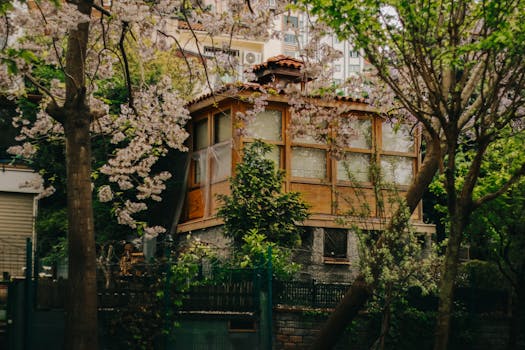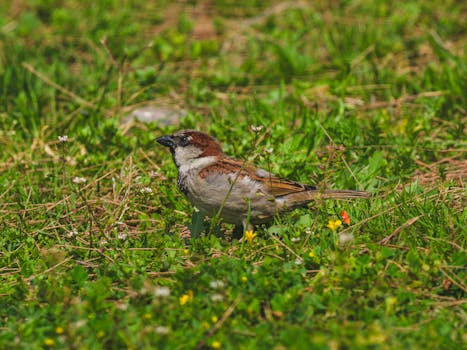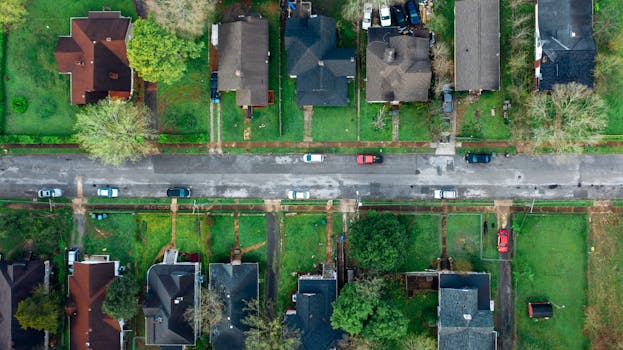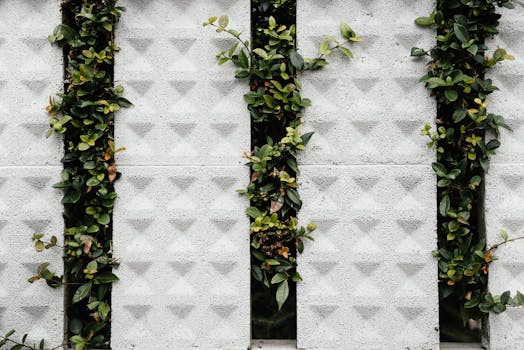
Urban Green Spaces: The Future of Outdoor Living in European Cities by 2025
Urban green spaces are becoming increasingly important in European cities, and for good reason. Urban Green Spaces are not only beautiful, but they also provide numerous benefits for the environment, public health, and the economy. In this article, we will explore the future of outdoor living in European cities by 2025 and how urban green spaces are playing a crucial role in shaping this future.
Introduction to Urban Green Spaces

Urban green spaces refer to areas of vegetation, such as parks, gardens, and green roofs, that are found in urban environments. These spaces are designed to provide a range of benefits, including improved air quality, reduced noise pollution, and enhanced biodiversity. They also offer opportunities for recreation, socialization, and relaxation, making them an essential component of urban planning.
The Benefits of Urban Green Spaces

The benefits of urban green spaces are numerous and well-documented. Some of the most significant advantages include:
- Improved air quality: Urban green spaces can help to reduce air pollution by absorbing pollutants and producing oxygen.
- Reduced noise pollution: Vegetation can act as a natural sound barrier, reducing noise levels and creating a more peaceful environment.
- Enhanced biodiversity: Urban green spaces can provide habitats for a range of plant and animal species, supporting local biodiversity.
- Improved public health: Spending time in urban green spaces has been shown to have numerous physical and mental health benefits, including reduced stress levels and improved mood.
- Economic benefits: Urban green spaces can increase property values, attract tourism, and support local businesses.
The Future of Outdoor Living in European Cities

By 2025, European cities are expected to become even more densely populated, with an increasing demand for housing, transportation, and other urban infrastructure. However, this growth also presents opportunities for innovation and sustainability. Urban green spaces are likely to play a crucial role in shaping the future of outdoor living in European cities, with a focus on:
- Sustainable urban planning: Cities will prioritize green spaces in urban planning, incorporating them into building design and infrastructure development.
- Green infrastructure: Green roofs, walls, and urban forests will become more common, providing numerous benefits for the environment and public health.
- Community engagement: Urban green spaces will be designed to foster community engagement and social interaction, with features such as public art, event spaces, and educational programs.
- Technological innovation: Urban green spaces will incorporate cutting-edge technology, such as smart gardens and green roofs, to optimize maintenance, water usage, and energy efficiency.
Case Studies: Successful Urban Green Spaces in European Cities

Several European cities have already successfully implemented urban green spaces, demonstrating their potential to transform outdoor living. Some notable examples include:
- The High Line in London: An elevated park built on an old rail line, providing a unique green space for recreation and relaxation.
- The Park de la Villette in Paris: A large public park featuring a range of green spaces, water features, and cultural attractions.
- The Superkilen park in Copenhagen: A vibrant urban park that incorporates green spaces, public art, and recreational facilities, designed to foster community engagement and social interaction.






